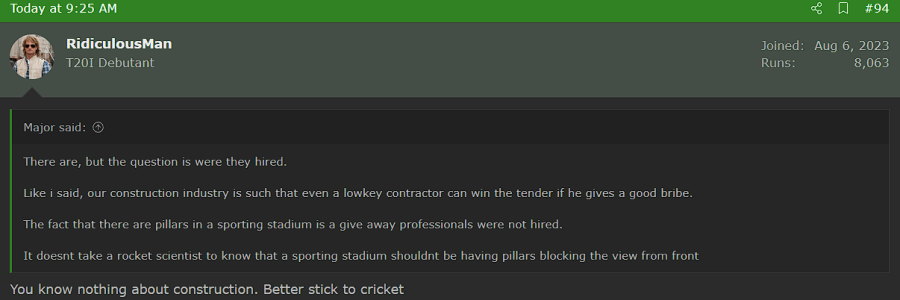Rawalpindi has its own very interesting history when it comes to celebrating the Milad
Before 1947, Rawalpindi was a very different city from what we see today. It was a diverse and bustling hub where Hindus, Sikhs, and Muslims lived side by side. The old bazaars, Raja Bazaar, Bohar Bazaar, Banni, and others, were filled with temples, gurdwaras, and mosques standing close together. Each community openly celebrated its religious festivals, and the city streets would come alive throughout the year with processions, music, and decorations.
The Hindus had their Rath Yatras and temple parades. Sikhs celebrated their Nagar Kirtans, moving through the markets with their holy hymns, saffron flags, and decorated floats. Their processions were lively, colorful, and loud. At that time, Muslims did celebrate Eid Milad-un-Nabi, but it was mostly confined indoors, in mosques, homes, and mehfils , without large public rallies.
So as time went on, particularly during the late 19th and early 20th centuries, the public expression of faith among different religious groups grew stronger. The Sikh and Hindu processions often passed through Muslim-majority neighborhoods, including Raja Bazaar, Bohar Bazaar, and the narrow lanes near Jamia Masjid. Tensions sometimes flared when loud music, hymns, or chanting clashed with the sensibilities of the other communities. Historical accounts and oral traditions from Rawalpindi’s older families recall frequent arguments and, at times, outright confrontations over these routes.
In response to this atmosphere, Muslims in Rawalpindi began organizing their own public celebrations of Eid Milad-un-Nabi . The construction of the Jamia Masjid Rawalpindi in 1903 became a turning point. Located at the heart of the city, the mosque provided a central gathering point for the Muslim community. From there, small groups would set out, reciting naats, distributing sweets, and marching together to honor the birth of the Prophet.
These early processions were modest but carried a powerful sense of identity and unity. With time, they grew bigger, covering larger routes and involving more neighborhoods. Still, in the pre-partition years, clashes weren’t uncommon when different processions overlapped or crossed paths.
After the partition of 1947, the city’s demographics transformed. Most Hindus and Sikhs migrated to India, and Rawalpindi became a Muslim-majority city. Without the same inter-religious frictions, the Milad processions flourished. Over the decades, they grew into one of the grandest celebrations in Pakistan.
Today, the entire old city lights up during Eid Milad-un-Nabi Streets are covered in green flags and fairy lights, mosques and homes glow, and the processions pass through the same historic bazaars. The areas of Raja Bazar, Rata Amral, saddar, Jamia Masjid road are quite congested. The houses and buildings here are joint together side by side, and its basically you entering from one gali to another gali. So basically in these areas, the whole gali is decorated with lights, instead of one house choosing to do it while another choosing not to. The scenes are beautiful, especially if one goes towards the side of Rata Amral. Naat competitions are also held all night long, and its one of the best festive environments we have here.
It becomes more enjoyable in winters, when you have late night gatherings in the cold while having tea.






 because clearly imaam abu hanafi says we should not joint prayers together (weak argument )Imaam Abu Hanafi didn't give a verdict on mawlid that doesn't mean we are shafi if we take the verdict of another imaam.like wise if we pray behind shafis does that make is shafi no.When we go hajj and we pray behind hanablilis does mean we are hanabilis no.
because clearly imaam abu hanafi says we should not joint prayers together (weak argument )Imaam Abu Hanafi didn't give a verdict on mawlid that doesn't mean we are shafi if we take the verdict of another imaam.like wise if we pray behind shafis does that make is shafi no.When we go hajj and we pray behind hanablilis does mean we are hanabilis no.

